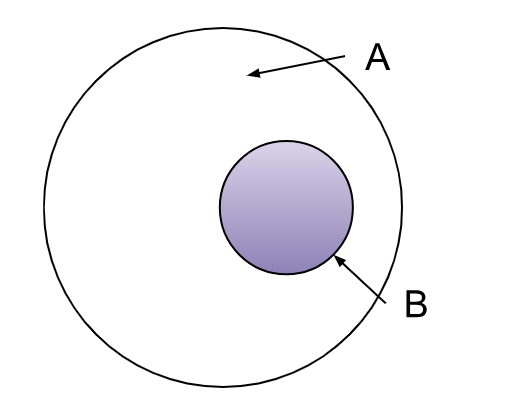0.1: Sets
( \newcommand{\kernel}{\mathrm{null}\,}\)
Sets
-
Sets are collections of objects,
-
Sets are normally denoted by capital letters.
-
Elements are denoted by lower-case letters.
-
Subsets:
-
Every element of B is an element of A, written as
-
-
Trivial subsets of
-
-
How do we test if an element belongs to a set?
Example
Let
Determine whether the following entries belong to
-
- Answer
-
Since
-
- Answer
-
Since
-
- Answer
-
Since
-
- Answer
-
Since
-
Solution
This one is obviously true, thus
-
-
-
-
-
-
-
-
-
-
-
-
The cardinality of a set
Example
Let


